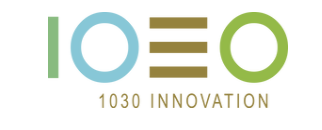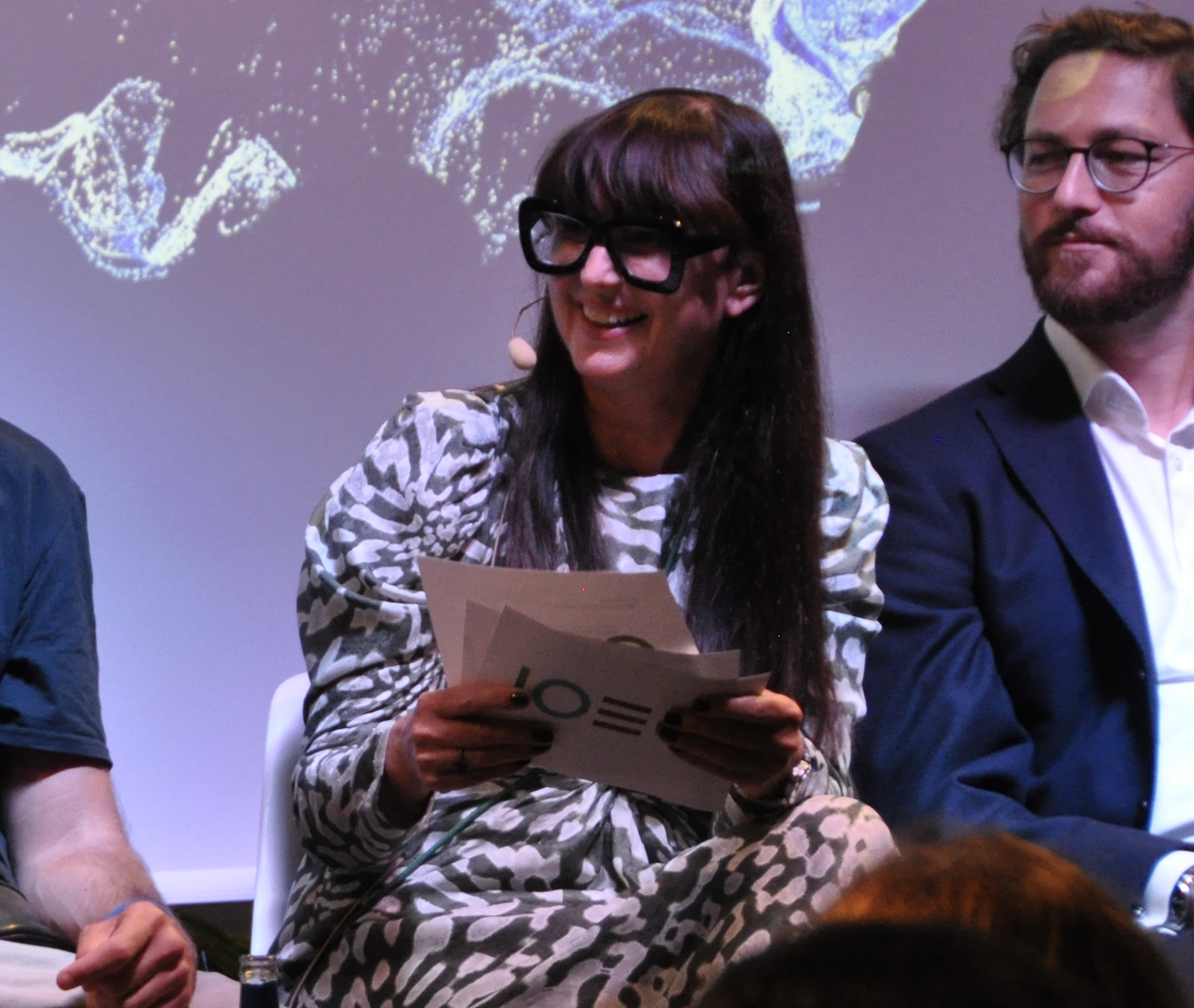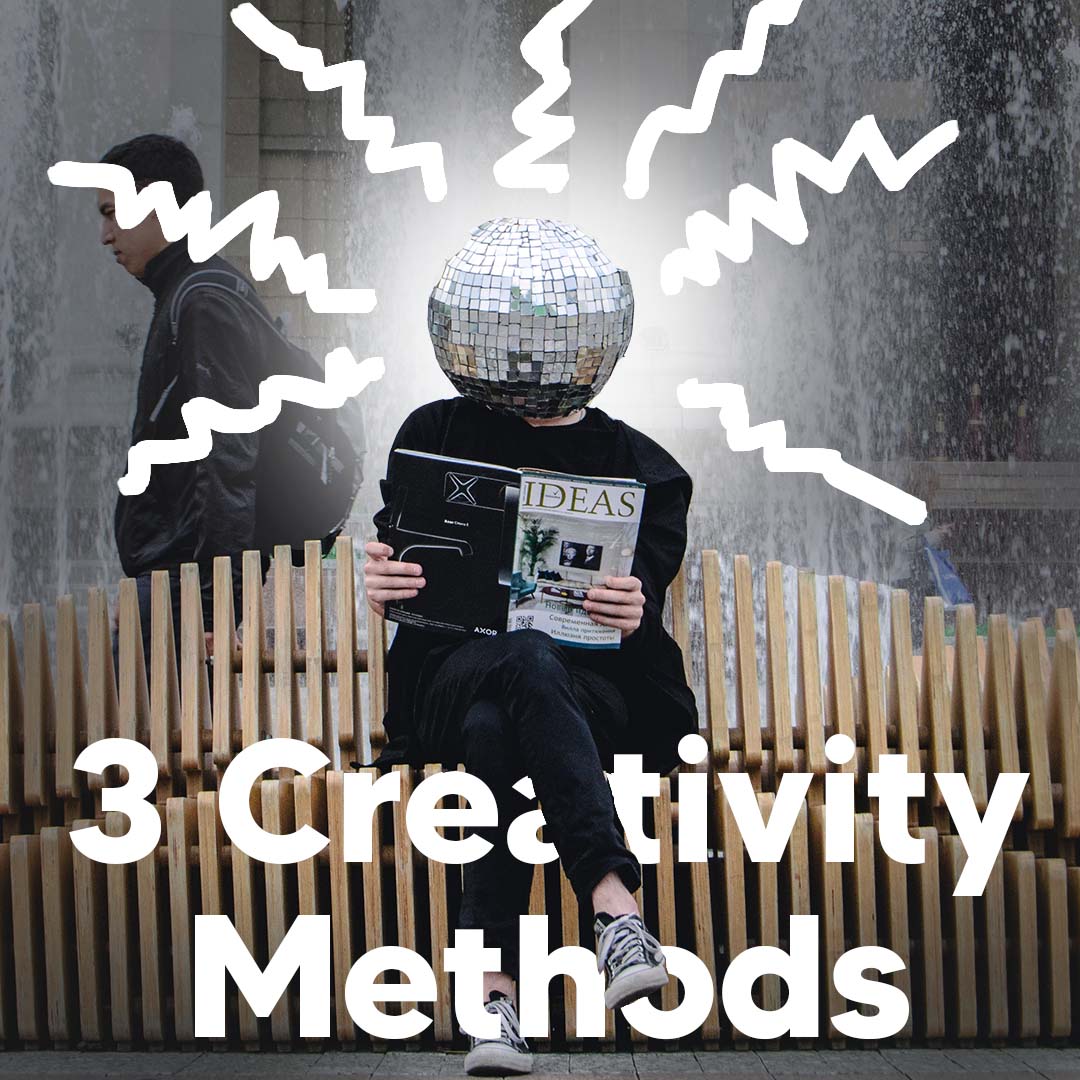We went to Pioneers Festival 2019 and met with Dr. Annetta Mossel to talk about the startup she is growing and how creating virtual environments can benefit prop tech companies (and more!).
Why are you at Pioneers’19?
Pioneers Festival is a good opportunity to network, not only with investors and customers but also with the startup scene in general. It is a great event to see what technologies are around, so I am definitely going to check startup booths and meet other founders.
What does Frameless do?
Framelessis the fastest tool to transform any real place, for example, this Pioneers’19 Match & Meet area, into an immersive virtual environment. You just need a few seconds and your phone. We employ mixed reality and artificial intelligence to make this happen.
How does it work? What allows a user to create a virtual environment so quickly?
The user takes multiple 360° panoramic images with our app, capturing everything she wants or needs to. Our app automatically connects the images with each other in the background to create a virtual environment. It happens on the fly, meaning that once you have taken the last picture, your virtual environment is ready to go.
Who are your clients?
We are a proptech* company and our target customers including real estate agencies, property management, property reviewers, architects and construction companies. We also have customers in the field of tourism, travel, insurance, and media for immersive story telling.
*Proptech = property technology, describes any technology for the real estate, property management& construction space.
What is the benefit of Frameless for the proptech companies?
Frameless saves its customers time and money, as it allows for quick and automatic 3D content generation, and it does not need additional hardware besides a mobile phone to do so. This adds a lot of value to our customers because existing solutions are cumbersome and time-consuming as well as require additional hardware.
Many real estate agencies have a big need to reduce the amount of wasted visits. Frameless’ technology enables the agencies to enhance their sales, using the quickly generated virtual environment to better showcase their real estate properties without the need to spend a large amount of money for creation.
Property managers and reviewers as well as construction companies need a tool for frequent reporting of a site to document defects or progress. We enable them to create 3D reports that provide full 3D context and orientation. With the Frameless app, they can further add 3D tags, such as text or images into the virtual environments, either directly on-site or when back in the office.
Do you also target individual users that could use Frameless just for fun?
Our long-term vision is to democratize 3D content generation. We envision the B2C use case when users could, for example, capture their vacation in 3D. Instead of sharing 2-3 photos on Instagram, one day you will be able to share your immersive beach experience with your friends. We are already working with media companies on immersive storytelling to push our vision. Since the largest demand is currently in prop tech, we focus on this vertical to help them improve their business with our technology.
Where does the idea for Frameless come from?
I developed the original idea and the core concepts. I have been doing research in the fields of mixed reality and computer vision for more than10 years, also did my PhD in the field at TU Wien. Across many business verticals, you could see a large demand for capturing the real world in 3D and being able to immerse into the real locations. However, off the shelf hardware, such as mobile devices, have limitations regarding sensors; so many promising research approaches are not yet applicable to build a product for the mass market. I realized that there is a gap in the market and started thinking about a solution that could fill in this gap. Around this time I teamed up with my co-founder Hossam El-Sifary who has a strong business background and we started to discuss my idea, created the core concepts and I then started to develop the first prototype from scratch. Since then we have grown to a team of 7 people with a strong deep tech background.
What are you working on? What are your current goals?
We plan to roll out our product, provide our customers on our waiting list with our technology and grow our team. Till date, we have received two innovation grants from FFG and Wirtschaftsagentur Wien and are currently raising our first round. Our Public Beta will be released this summer, we have done some exciting pilots, i.e. with the ORF and with City of Vienna and we are currently testing our Private Beta with selected customers. We are gaining traction and have proved is the demand in different verticals. Now it is the time to hit the market.
What challenges are you facing?
Our main challenge is to ensure that the product is intuitive to use and stable in various everyday scenarios. People are not yet that familiar with 3D interfaces, therefore, we need to test our product intensively to provide an intuitive usage 3D brings several technical challenges: you need to have a well performing app that doesn’t drain your battery while offering high-quality graphics. Our aim is to have an app that is so intuitive that everyone can simply download it and start using.
How did you build your team?
I met my co-founder Hossam El-Sifary at the VR meetup in Vienna where I did the keynote. He was in the audience and has been already advising startups at that time for quite a while. Hossam approached me after the key note for some tech discussion and this is how it all started. Our current team was built based on my tech network, we were happy that some of my former excellent students and research colleagues joined us, both from Austria as well as the US.
Any advice you would like to give to people that want to launch a startup?
I come from a very strong tech background and there are a few things that are critical based on my experience:
- Build a strong founder team with diverse skill set covering business, marketing, sales, tech, maybe legal aspects. As a techie, I did not have a strong business perspective when we started, and this brings me to the second piece of advice I’d like to give.
- Understand the market. Identify the gap and develop a product that will address an unmet need. If there is no demand, it doesn’t matter how great your technology is because no one will pay for it.
- Go for it and do not hesitate! It is important to not only have skills but also passion for what you do. Founding team needs to believe in the idea and ignite this passion in other employees.
- One more advice is to give shares of your startups to your employees. You are nothing without the team. It has to be a shared effort and shared gain in order to succeed.
As a woman running a tech startup, do you find that there are some obstacles on your way for success?
I have been in this field for over 10 years. I wouldn’t say that I personally experienced many issues, I always had great male colleagues and now have great male team members.
I do think, however, that there are invisible obstacles. For example, as a woman you usually need to prove first that you are capable before someone believes you. It is different with men – people rather believe them because they are recognized in a different way.
There is certainly some bias and we shouldn’t deny or ignore it. If I notice that there is a bias towards me, I try to openly discuss it.
Interview by Olga Bratsun, 09.05.2019




